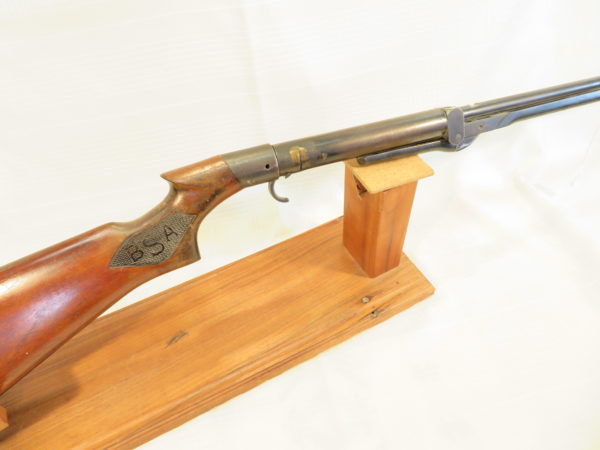In a moment of weakness, I just purchased this train wreck because it looks like an interesting challenge and it should be headed my way in a day or two. The piston tube is cracked and has been poorly repaired, only to fail again. Obviously, the end cap with the trigger and stock can be removed from the tube, but I'm curious if anyone has experience removing the tube from the breech/barrel assembly? From what I could glean from another forum and hundreds of pictures on the interwebs, it appears to be threaded together also. If anyone has a parts gun that I could raid a trigger guard, sights and the latch stud, PM me with what you have. This appears to be the "A" variant and I didn't bother to ask what caliber it is, but most seem to be .177. I want to see if I can weld on a new rear section using TIG and then bore it and thread it to keep any original markings intact.
I would love to hear any personal observations about typical performance and real world accuracy. I'm not terribly worried about it, I just have a soft spot for stuff that most people consider too far gone.I don't mind machining replacement parts if there are none to be had, but I'll never miss a chance to save time. This will be the second oldest air rifle I own, my Giffard has it beat by about 40 years.

Mark
I would love to hear any personal observations about typical performance and real world accuracy. I'm not terribly worried about it, I just have a soft spot for stuff that most people consider too far gone.I don't mind machining replacement parts if there are none to be had, but I'll never miss a chance to save time. This will be the second oldest air rifle I own, my Giffard has it beat by about 40 years.

Mark

